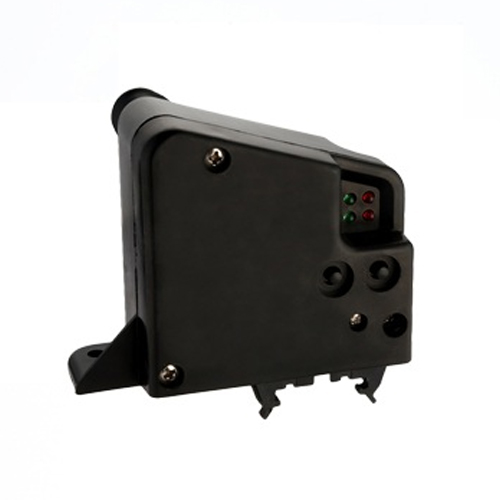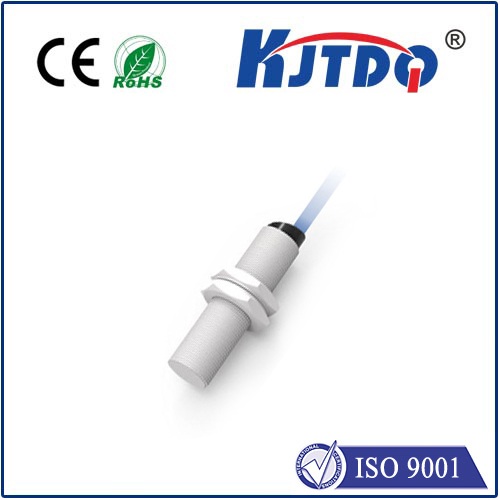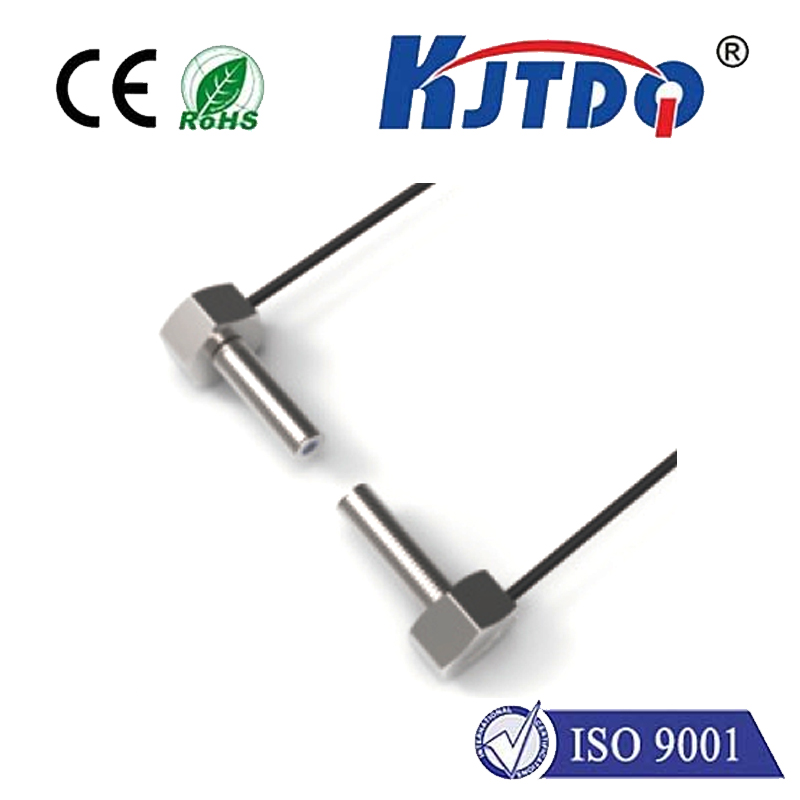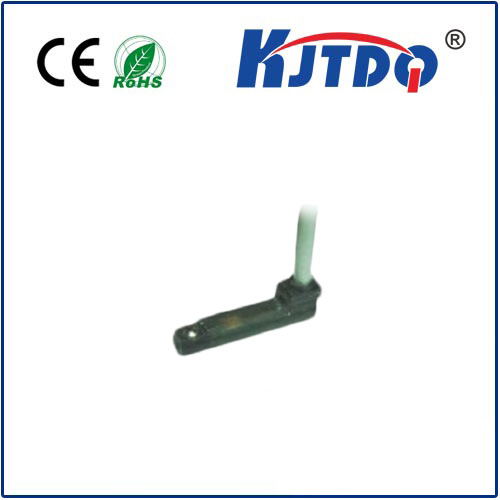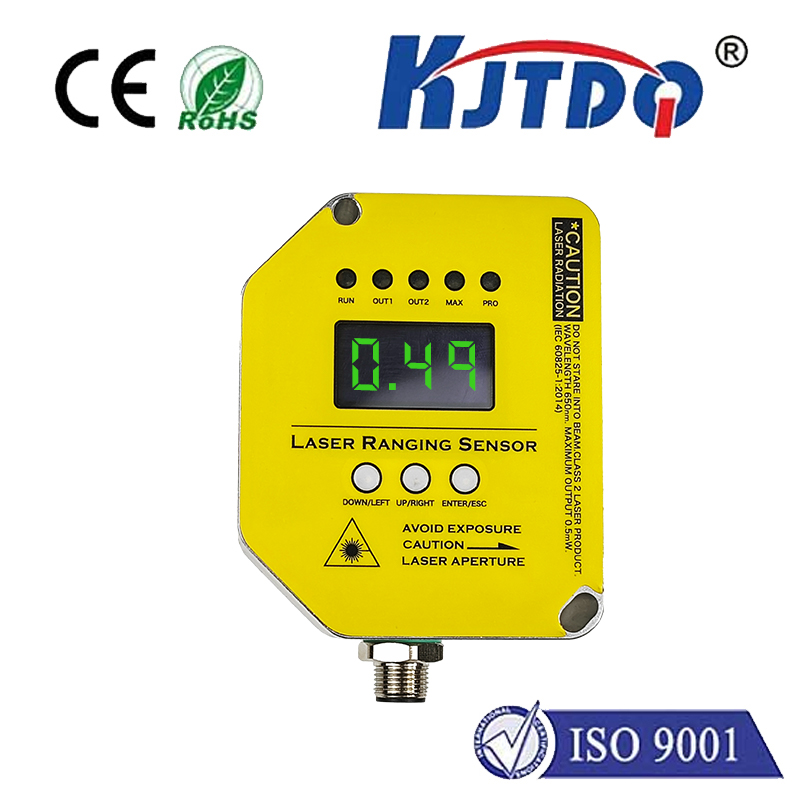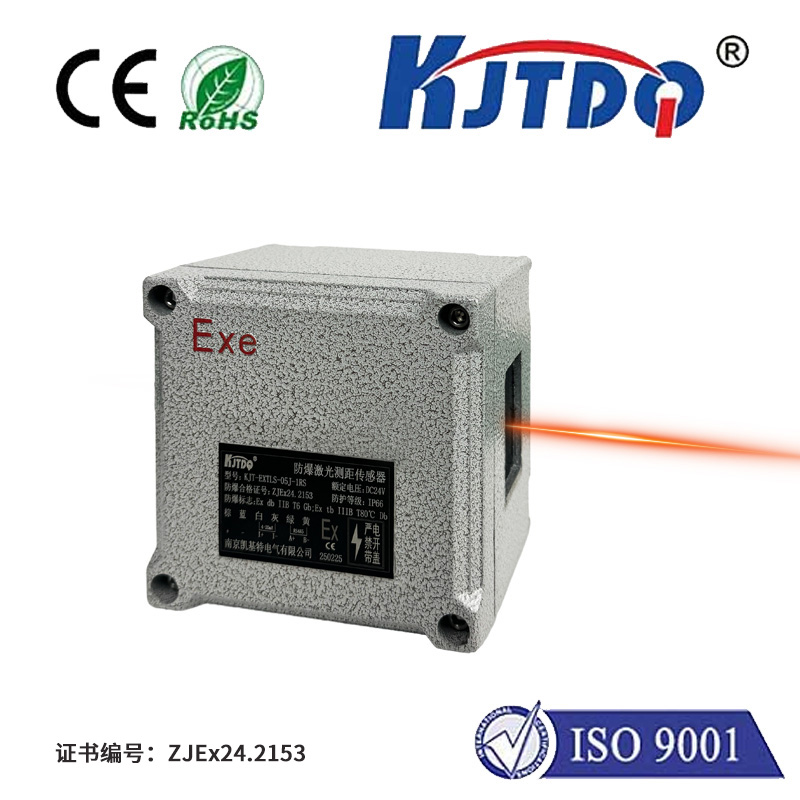laser methane sensor
- time:2025-08-27 13:38:23
- Click:0
Laser Methane Sensors: Revolutionizing Gas Detection for Safety and Efficiency
Methane – the primary component of natural gas – is a vital energy source driving industries and homes worldwide. Yet, its very ubiquity presents a significant challenge: it’s highly flammable and a potent greenhouse gas. Undetected leaks pose catastrophic risks of explosion and contribute substantially to climate change. This is where laser methane sensors step into the spotlight, offering a quantum leap in detection reliability, safety, and environmental stewardship. Forget outdated, unreliable methods; laser technology is the future of precise, proactive gas monitoring.
Understanding the Core: How Laser Methane Sensors Work
At the heart of these advanced devices lies the principle of Tunable Diode Laser Absorption Spectroscopy (TDLAS). Here’s the science in action:

- Targeted Laser Emission: A laser diode emits a highly specific wavelength of light, meticulously tuned to correspond with a unique absorption band of the methane (CH₄) molecule. Unlike broad-spectrum sensors, this laser selectivity ensures minimal interference from other gases.
- Light Path & Interaction: This focused laser beam travels through the air or a sample chamber. When methane molecules are present along the beam’s path, they absorb specific portions of this light energy at their characteristic frequency.
- Detection is Key: A sophisticated photodetector on the opposite side of the beam path measures the intensity of the light after it has passed through the target gas.
- Beer-Lambert Law in Action: The sensor’s electronics employ the Beer-Lambert Law. Essentially, the amount of light absorbed is directly proportional to the concentration of methane gas present along the beam path. By analyzing the degree of absorption at the precise methane wavelength, the sensor calculates the exact concentration (often in parts-per-million, ppm).
Why Laser Outshines Traditional Methods: Key Advantages
Moving beyond traditional catalytic bead or electrochemical sensors, laser methane sensors bring transformative benefits:
- Unparalleled Sensitivity and Precision: Capable of detecting minute methane leaks down to ppm levels, far exceeding the capabilities of older technologies. This enables early leak detection before dangerous concentrations build up.
- Minimal False Alarms: The laser’s precise wavelength targeting drastically reduces interference from other gases like water vapor or volatile organic compounds (VOCs), a significant source of costly false alarms with legacy sensors.
- Non-Contact and Remote Sensing: Laser beams can travel significant distances (meters, even kilometers in specialized setups). This allows for safe, remote inspection of potentially hazardous areas (pipelines, confined spaces, flare stacks) or large area monitoring without needing physical sensor placement at every point. Operators can survey from a distance using portable units.
- Rapid Response Time: Detection is near-instantaneous, limited only by gas diffusion into the measurement path. This real-time monitoring is crucial for preventing accidents.
- Zero Oxygen Dependency & Wide Range: Unlike catalytic sensors, laser methane sensors function effectively in inert atmospheres or oxygen-deficient environments. They also offer a vast dynamic range, accurately measuring from trace ppm levels up to 100% methane.
- Low Maintenance: With no consumable parts or elements that easily poison (like catalytic beads), laser methane sensors boast long operational lifespans and reduced maintenance costs. Calibration periods are typically much longer.
- Enhanced Safety: Non-contact operation means no spark risk in explosive environments, and remote capabilities keep personnel out of harm’s way.
Diverse Applications: Where Laser Methane Sensors Make a Difference
The unique capabilities of these sensors find critical use across numerous sectors:
- Oil & Gas Industry: Leak detection along pipelines (transmission and distribution), wellheads, compressor stations, LNG terminals, and refineries. Crucial for preventing catastrophic leaks, ensuring worker safety, and minimizing product loss. Continuous monitoring in process areas.
- Utilities (Natural Gas Distribution): Inspecting service lines, meter stations, and regulator vaults within urban environments. Essential for protecting the public and infrastructure.
- Mining (Coal & Other): Monitoring methane levels in mines is paramount for explosion prevention. Laser sensors provide fast, accurate readings in ventilation air and sealed areas.
- Waste Management: Landfills are significant methane emitters. Sensors are vital for monitoring gas collection systems, ensuring efficient capture for energy generation (LFGTE), and detecting perimeter leaks.
- Agriculture: Monitoring methane in biogas digesters (optimizing production) and large-scale livestock operations (environmental impact assessment, worker safety).
- Industrial Safety: Detecting leaks in chemical plants, manufacturing facilities using natural gas, and laboratories.
- Environmental Monitoring: Research and regulatory monitoring of fugitive methane emissions from various sources to assess climate impact and enforce regulations.
Key Considerations When Implementing Laser Methane Sensors
While powerful, optimal deployment requires understanding a few factors:
- Pathlength Matters: Concentration readings represent an average over the entire laser beam path. A long path with a localized leak might show lower concentration than a short path directly on the leak source.
- Environmental Interference: While excellent against cross-gas interference, extremely dense fog, heavy rain, or significant dust can potentially scatter the laser beam, affecting signal strength. Modern sensors incorporate compensation algorithms.
- Cost vs. Value: Initial investment is often higher than basic sensors. However, the dramatic reduction in false alarms, lower maintenance, enhanced safety, and prevention of costly incidents deliver a compelling long-term return on investment.
Laser methane sensor technology represents a fundamental shift in gas detection philosophy. It moves us from reactive response to proactive prevention. By delivering unrivaled accuracy, reliability, and safety, these sensors are no longer just an option but a critical tool for industries where methane is present. They safeguard lives, protect assets, minimize environmental impact, and drive operational efficiency. Investing in laser detection isn’t merely buying equipment; it’s investing in a safer, more responsible, and more sustainable future.






